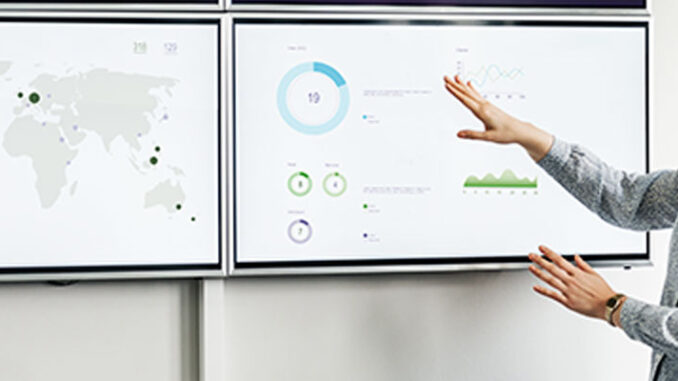
As marketers and their brands keep pace with the demands of increasingly sophisticated and mobile consumers, the digital marketing ecosystem continues evolving. In 2023, expect marketers to drive digital marketing trends as they find innovative ways to cultivate consumer loyalty, allow customers to interact with their brands in real or virtual worlds and make the shopping experience more convenient.
Digital marketing trends for 2023 include updates to familiar concepts and platforms like social commerce, SEO and influencer marketing. Others, like the growth of Artificial Intelligence (AI) and Augmented Reality (AR), involve technologies that, until very recently, sounded more like science fiction than reality. That’s just how quickly marketing trends are unfolding. Here are some that you’re likely to see in ’23.
Using AI technology to provide automated, human-like messages to web visitors in real time, Chatbots are an implementation of the digital marketing subcategory of conversational marketing.
According to Insider Intelligence, there is a promising future for chatbots:
Another reason mobile commerce earns a place among digital marketing trends for 2023 is that Amazon recently launched its own online payment processing service, called Amazon Pay, and Google has revamped its Google Pay app for Android and iOS users to help make their customer’s shopping experience easy wherever they go.
The emergence of online services and apps like Airbnb, Postmates and many more have offered new ways of working outside the traditional 9-to-5 job in recent years, and this is likely to continue as a marketing trend in 2023.
According to the MBO Partners’ State of Independence in America report, the overall number of independent, or gig workers in the United States grew sharply in 2021, to 51.1 million, an increase of 34% over the previous year, and 87% full-time independent workers report they are happier working independently.
According to Brodmin.com, the value of the global gig economy is expected to reach $455 billion in 2023, and the number of freelancers in the United States is expected to reach 86 million by 2027.
The HR tech platform Picked makes the following gig economy predictions for 2023:
Here are a few ways AI is influencing the digital marketing experience:
As a digital marketing channel, the metaverse is relatively new, but brands are beginning to use it to engage with the youngest generation of consumers. Roblox, for example, hosted Gucci Garden, a virtual place where visitors could try on and buy Gucci products for their avatars. Will large numbers of consumers be clamoring to dress their avatars in 2023? We’ll find out.
Search engine optimization (SEO) remains crucial to marketers, and as Google continues to refine its platform, marketers will need to increase their emphasis on content marketing to keep pace. High quality content is still king, but fundamentals like keeping sites mobile-friendly and loading quickly to maintain positive user experience will be more important than ever.
SEO trends for 2023 include:
Wrapping up our list of digital marketing trends is the discontinuation of the third-party cookie. It may have been pushed to 2023, but this cookie will crumble over consumer privacy concerns.
More specifically, consumers have been concerned about their online activities being tracked without their knowledge or consent and about what brands were doing with their data, known as personally identifiable information (PII).
According to GetApp’s 2022 Privacy-Focused Consumers Survey, 68% of consumers say they want more control over how companies collect and use their information, and 84% say the way a company treats their data reflects upon how they will be treated as customers. 82% have stopped doing business with a company because they disapprove of its data practices.
Google is taking a privacy-preserving API (Application Programming Interface) approach in response to this concern, so advertisers using Google will have to find alternative ways to identify and target consumers, such as a first party data collection via email or other means.

Leave a Reply